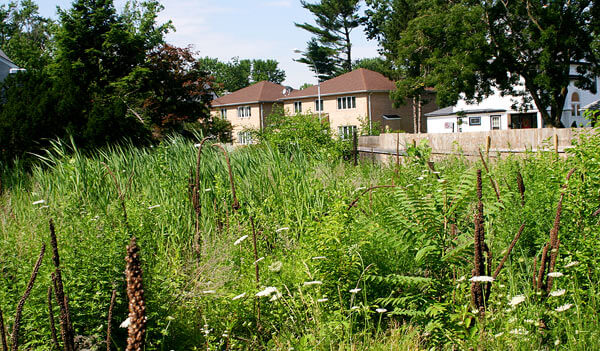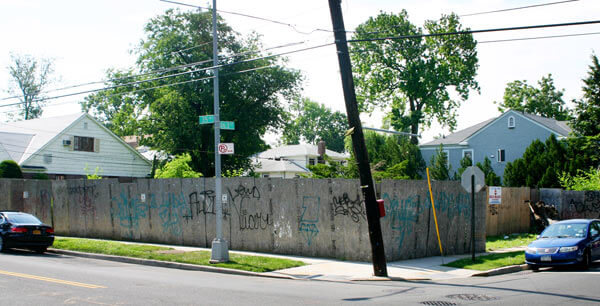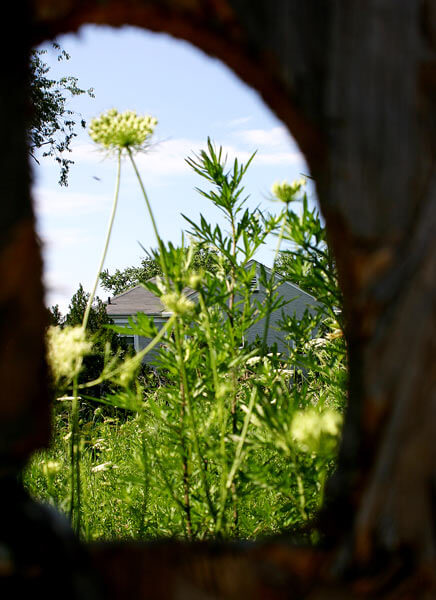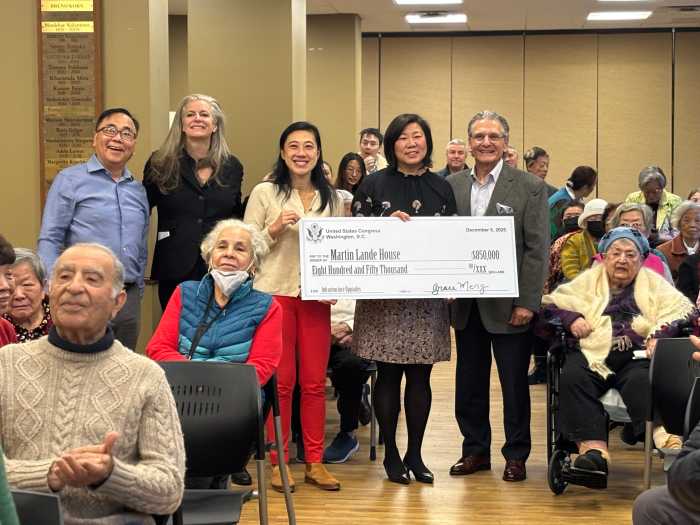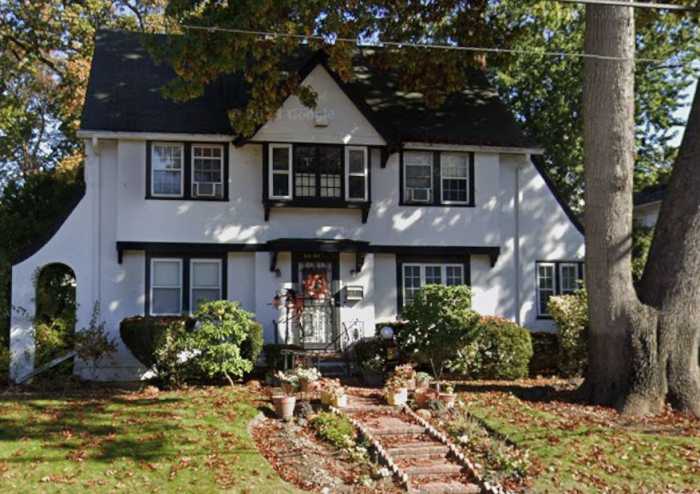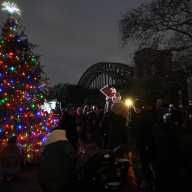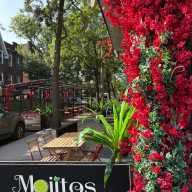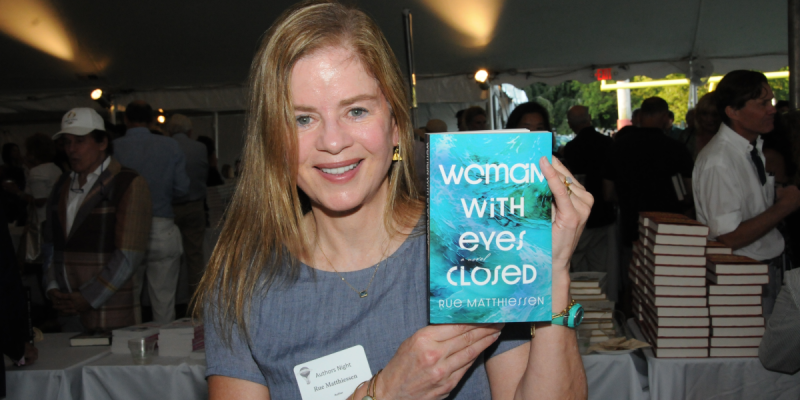By Joe Anuta
Landmark and zoning regulations are typically enforced by city regulators, but for 50 years a northeast Queens civic association has defended a code existing outside city statutes and a recent judicial ruling bolsters its ability to do so in the courtroom.
The Broadway-Flushing Homeowners’ Association, formed in 1964, is a nonprofit covering about 50 blocks of the eponymous neighborhood. Like many organizations of its kind, it holds periodic meetings and sends out newsletters.
But it also collects money for an ongoing legal fund.
A portion of the neighborhood within the association’s boundaries contains a unique set of building regulations dating back more than 100 years.
The Rickert-Finlay Covenant of 1909 was an attempt by the original developers to codify the neighborhood’s character, according to the association. The 28 articles of the document stipulate minimum build costs (now comically anachronistic), mandate larger yards and property sizes and prohibit certain types of walls and fences in an effort to retain an open and more rural landscape.
“Our neighborhood does not look the way it does by accident,” said Janet McCreesh, who presides over the leafy enclave as head of the association. “It looks that way because of constant work by the association in protecting the covenant.”
The Rickert-Finlay document is not ensconced in the city’s building or zoning codes, meaning it is up to the association to defend the more restrictive rules itself in civil court.
The neighborhood has been successful in each instance. Earlier this month it scored a big win when a case went all the way to the state’s highest court, which issued a decision June 14 affirming the association’s legal right to defend the covenant, according to Vincent Nicolosi, counsel for the homeowners.
“Years ago, it was always an issue as to whether or not an association such as BFHA had standing to bring an action. Well, that is no longer an issue and will never be an issue again,” he said.
That case began in 2005, when the association filed suit against a homeowner for building a concrete wall in violation of covenant rules around a newly constructed swimming pool.
The homeowner, named Anthony Dulluvio, contended that city building regulations required at least a 4-foot fence. The association argued that the covenant trumped building codes.
The case went all the way up to the appellate level, where a panel of judges sided with the association.
The decision could prove useful as the members try to stop a property owner from building two homes on the corner of 163rd Street and 35th Avenue, a plan allowed by city regulations but not by the covenant.
The owner, Xu Dong Xiao, hopes to divide his corner lot into two narrower parcels.
His lawyer, Simon Rothkrug, maintained the smaller parcels are in accord with other narrow properties on the same block.
“Even if we technically violate the covenant, the fact of the matter is we are not going to harm the block, which is supposed to have narrower lots,” he said.
The homeowners disagree, and have said the subdivision clearly is at odds with the covenant’s minimum lot size requirement.
Part of Rothkrug’s argument was that the association does not have legal standing to enforce the code, although this line of reasoning may become less common in the wake of the appellate court decision as the association continues to keep a watchful eye over the neighborhood.
Reach reporter Joe Anuta by e-mail at januta@cnglocal.com or by phone at 718-260-4566.

